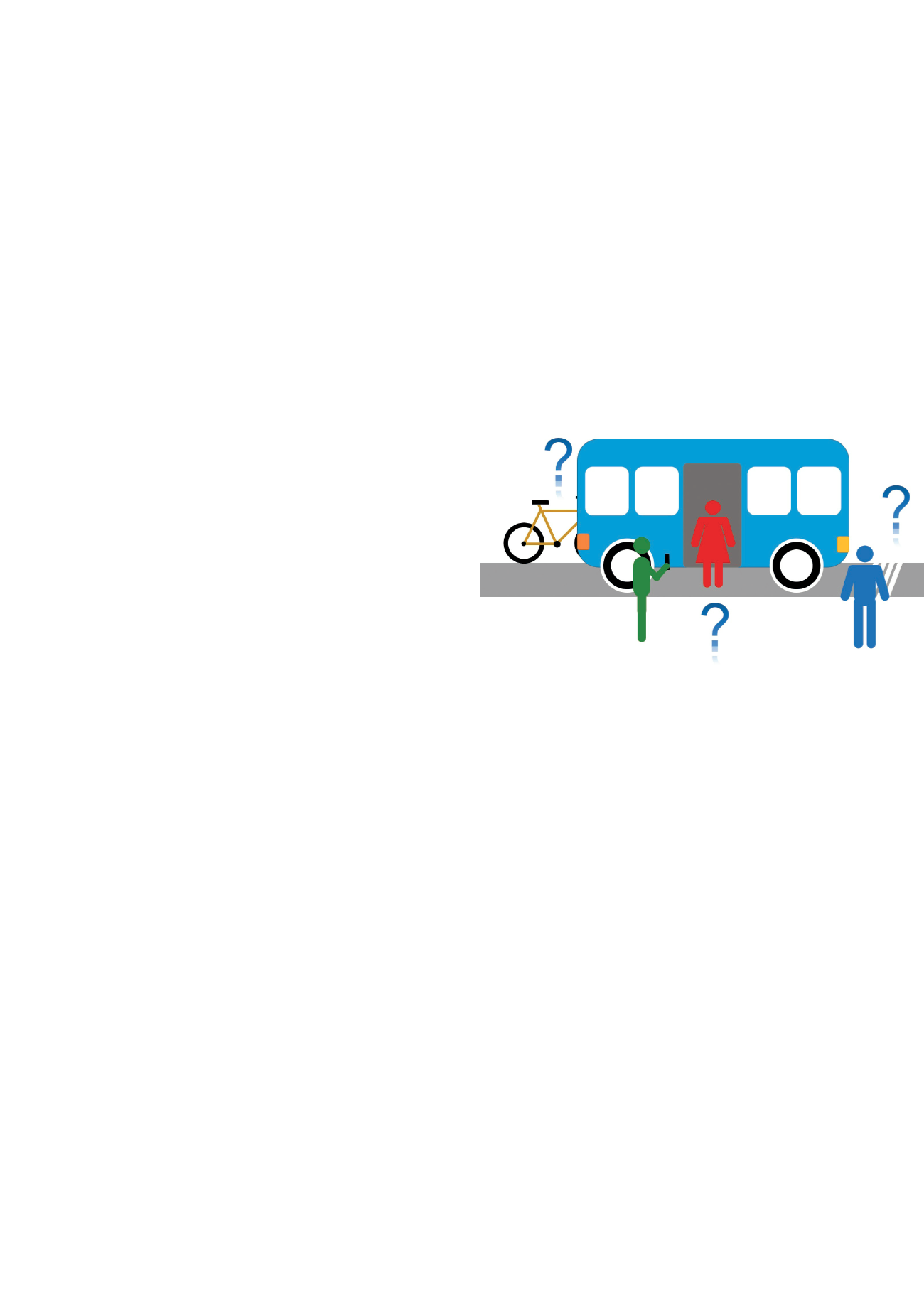

109
Ergonomics
Definition and evaluation of human-machine interaction and anthropometric layout of technical systems.
Safety, efficiency of use and user satisfaction.
n
The focus of the Chair of Ergonomics in 2017 was to further increase the activities in the area
of cooperative interaction between human and vehicle or human and robot on a global level.
National and internationally funded project proposals were successful to continue the fundamental
research at the institute.
The second focus was to intensify the developments
and research activities on digital human modeling and
automated driving. Regarding this, the research in digital
human modeling examined research questions about
future vehicle concepts. In addition, further funded pro-
jects investigated automated driving and its impacts on
humans. The driving simulators at the Chair of Ergonomics
helped to answer these questions. Within the scope of
further national and international projects, the cooperation
and interaction of vehicles and pedestrians was examined.
For this purpose, the pedestrian simulator of the chair was
used.
1. Human Modeling
Product and workspace designs belong to the main tasks
of ergonomics. Today, emerging ergonomic problems can
be solved or evaluated more efficiently and competitively
with digital human models. The development of biome-
chanical, physiological, anthropometrical and cognitive
models is the main task of the research group ‘Human
Modeling’. Biomechanics, physiology and anthropometry
can already be precisely modelled and simulated. There-
fore, reliable predictions of the influence of single factors
on discomfort, load, workload and human performance
are possible. Human beings are complex systems, whose
parameters can influence each other. For instance dis-
comfort and workload depend on an interaction of factors.
However an interdisciplinary approach for a holistic human
model is still missing.
Basic research, crosslinking individual systems, modeling
approaches and application-oriented studies are used for
a further development of physical, numerical and theoreti
cal models. Different fields of application for as holistic
as possible models are automotive, mobility, production,
logistics and sports. The human modeling considers in
addition to objective parameters of load, also workload
and subjective measures, as comfort and discomfort in
the following projects:
■■
Lifting Aid – Development and Verification of Body-
worn Lifting Equipment for Work Support (BMBF,
completed 2017)
■■
UDASim – Global Discomfort Assessment for Vehicle
Passengers by Simulation (BMBF/KMU Innovativ,
completed 2017)
■■
RAMONA – Realisation of Automated Mobility Con-
cepts in Public Transportation (BMWi, started in July
2017)
■■
Truck 5.0 – Concepts of Truck Cabins for 2030/35
(MAN.TUM, started April 2016)
The RAMONA research project: Realisation of
Automated Mobility Concepts in Public Transportation
By using autonomous buses, local authorities and oper-
ators hope to make public transport more efficient, safe
and flexible. However, a number of questions are raised
regarding the potential use of such vehicles: How do pas-
sengers deal with the new situation? What are possible
opportunities and risks caused by automated and flexible
mobility concepts? What frameworks are necessary for a
successful application?
The research project RAMONA (Start: July 2017, End:
June 2020) tries to answer these and other questions. The
project will not focus on the technical feasibility of auton-
omous systems but rather on how automated mobility
concepts can be integrated into existing public transport
systems and how passengers will accept those systems.
The project will work with a Wizard-Of-Oz method, in
which the user thinks they are operating with an autono-
mous system. However, in reality, a hidden operator drives
the bus. Alongside this investigation, the project consor-
tium will perform virtual experiments to evaluate possible
interaction and communication models between different
Research Project RAMONA: How can autonomous buses be part of the
public transportation system? (Reference: Ingrid Bubb, TUM, 2017)



















